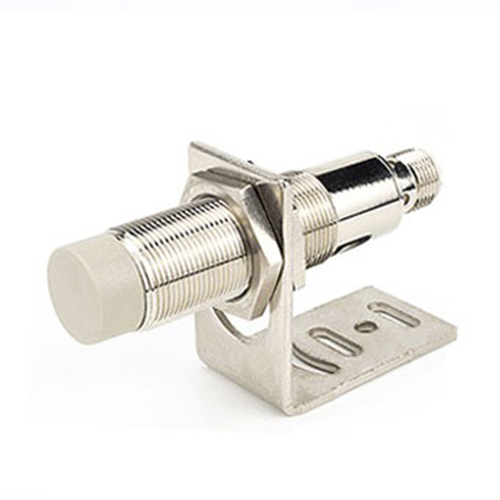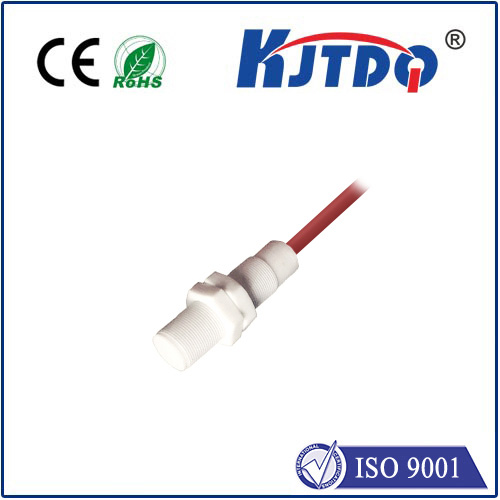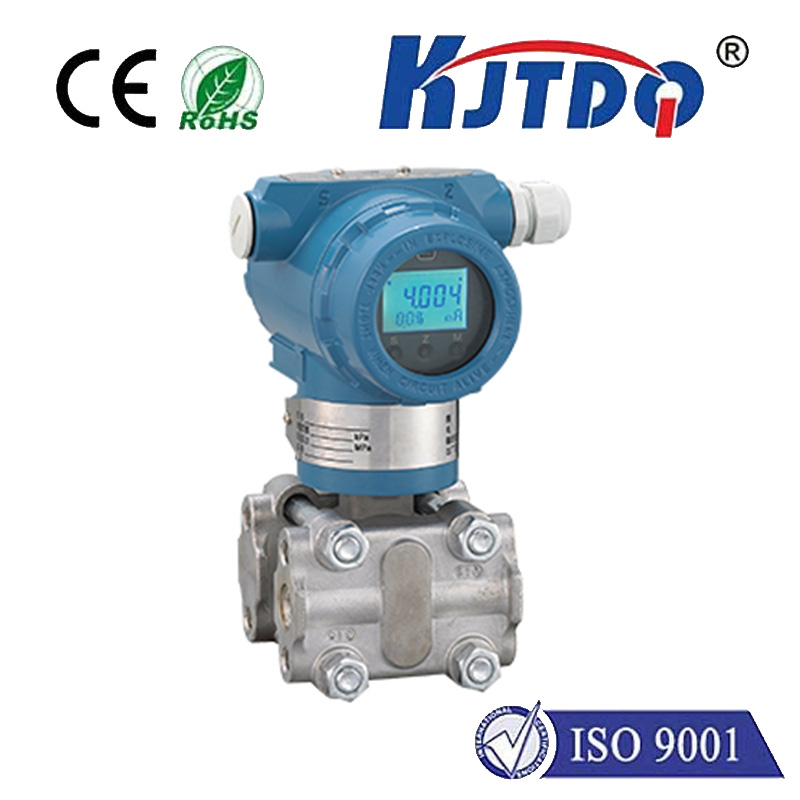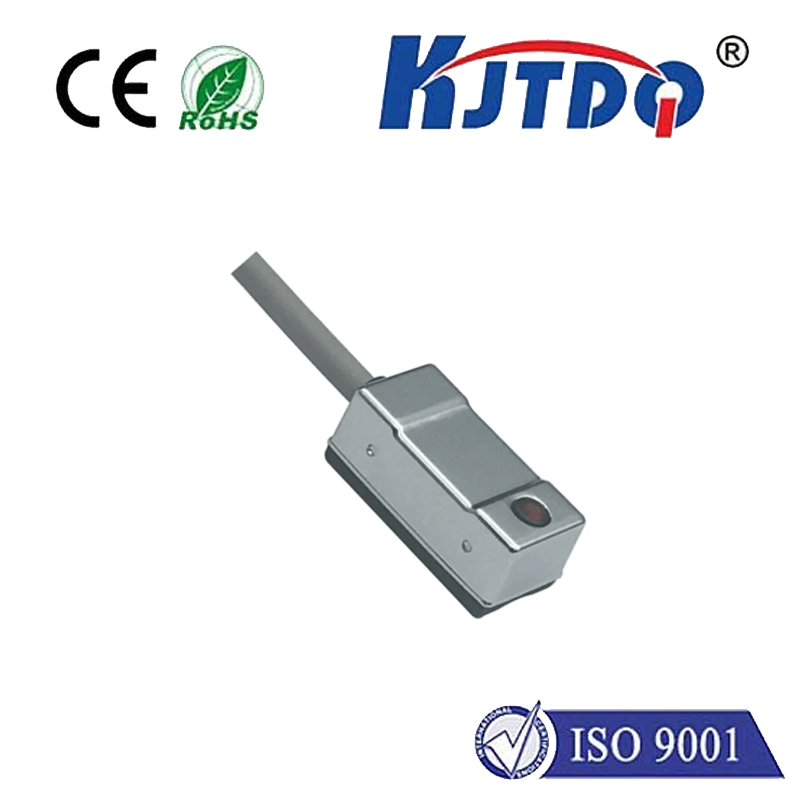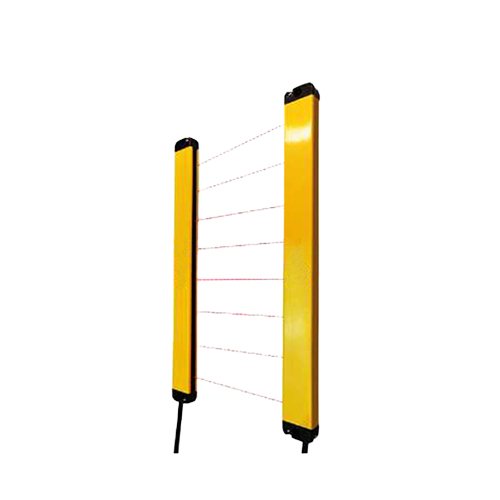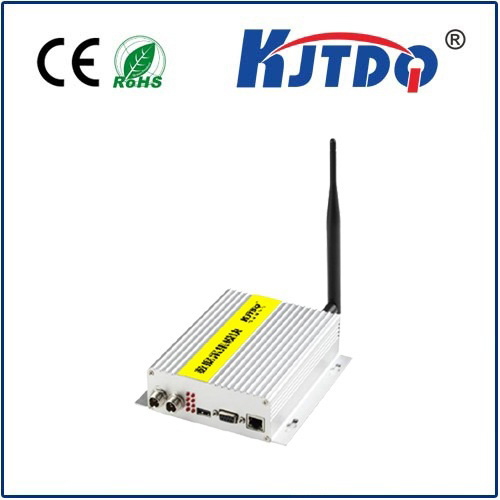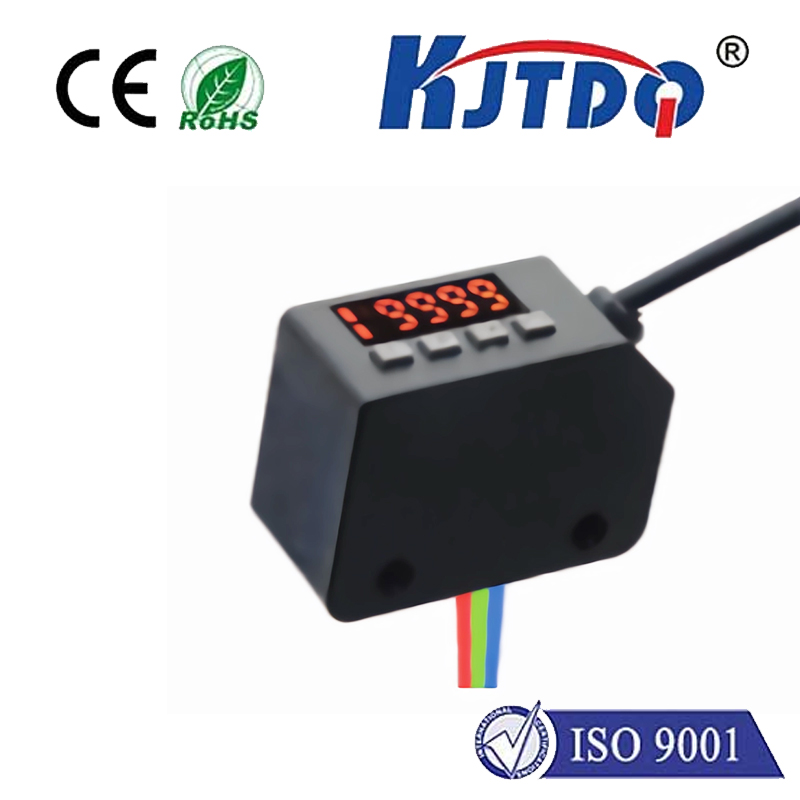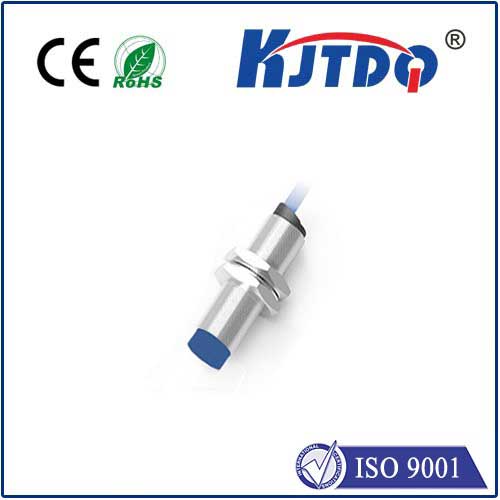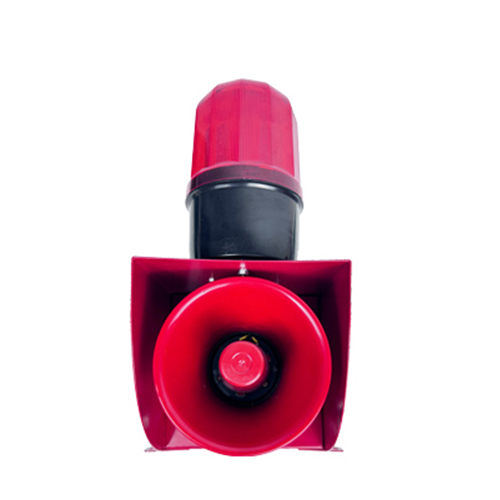

check

check

check

check

check

check

check

check

check

check
Introduction to PNP Limit Switches
PNP (Photo-Interference Negative) limit switches are a type of electrical switch that uses an electromagnetic interference (EMI) signal to control the activation and deactivation of a circuit. These switches are widely used in various industrial and commercial applications, including robotics, automation, and control systems, due to their reliable and accurate performance. In this article, we will provide a comprehensive guide on PNP limit switches, including their working principle, types, features, installation, and maintenance.
Working Principle of PNP Limit Switches
The working principle of a PNP limit switch involves the interaction between an electromagnetic coil and a photocell. When an external电磁干扰(EMI)信号 is introduced into the coil, it causes a change in the voltage applied to the photocell. This change in voltage triggers a change in the state of the switch, turning it on or off as required. The switch is usually designed with a built-in overcurrent protection feature that prevents it from opening due to excessive current.
Types of PNP Limit Switches
There are several types of PNP limit switches available in the market, each with its unique features and applications. Some of the common types include:
1. 2-position PNP Limit Switch: This type of switch has two possible states - open and closed. It is typically used for basic control applications where only two positions are necessary.
2. 3-position PNP Limit Switch: Similar to the 2-position switch, this type also has two possible states - open and closed. However, it also has a neutral position, which can be useful in certain applications where a third state (e.g., halfway open) is desirable.
3. 4-position PNP Limit Switch: This type of switch has four possible states - open,closed,neutral,and emergency stop. It is commonly used in applications where multiple positions are required, such as in industrial自动化 systems.
Features of PNP Limit Switches
Some key features of PNP limit switches include:
1. High reliability: These switches are known for their excellent reliability and accuracy, making them suitable for critical applications.
2. Easy installation: PNP limit switches are easy to install and require minimal wiring effort. They often come prewired or with adjustable terminals for easier connection to the circuit.
3. Low power consumption: These switches consume very low power, making them ideal for battery-operated devices or energy-efficient systems.
4. Long life expectancy: Due to their high-quality construction and reliable performance, PNP limit switches have a long lifespan and can withstand harsh environmental conditions.
Installation of PNP Limit Switches
Installing a PNP limit switch requires careful attention to ensure proper function and safety. Here are some general steps to follow:
1. Choose the appropriate type of switch based on your application requirements.
2. Make sure the switch is compatible with your circuit and voltage levels.
3. Install the switch in a location where it can easily be accessed for maintenance or replacement if necessary.
4. Connect the switch to the circuit using suitable wires and terminals according to the manufacturer's instructions.
5. Test the switch to ensure it is functioning correctly before using the system or equipment.
